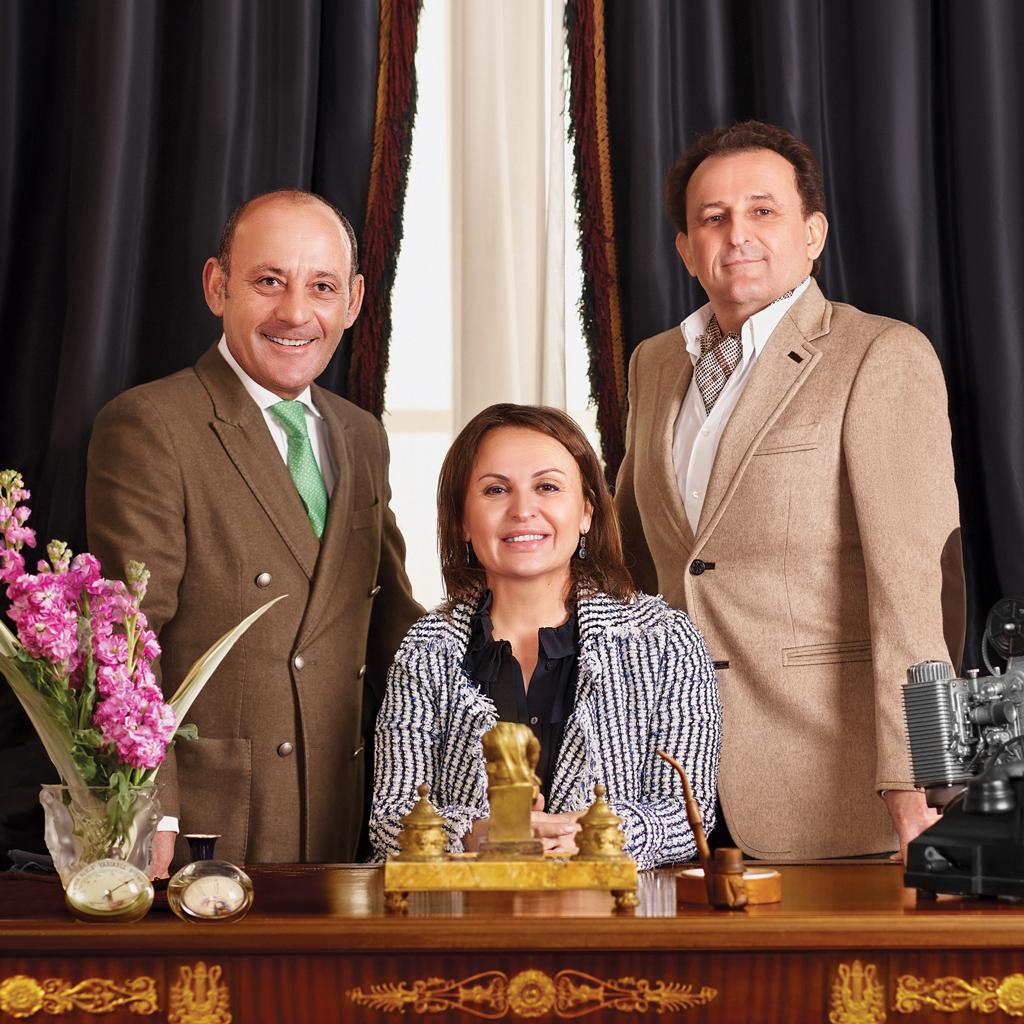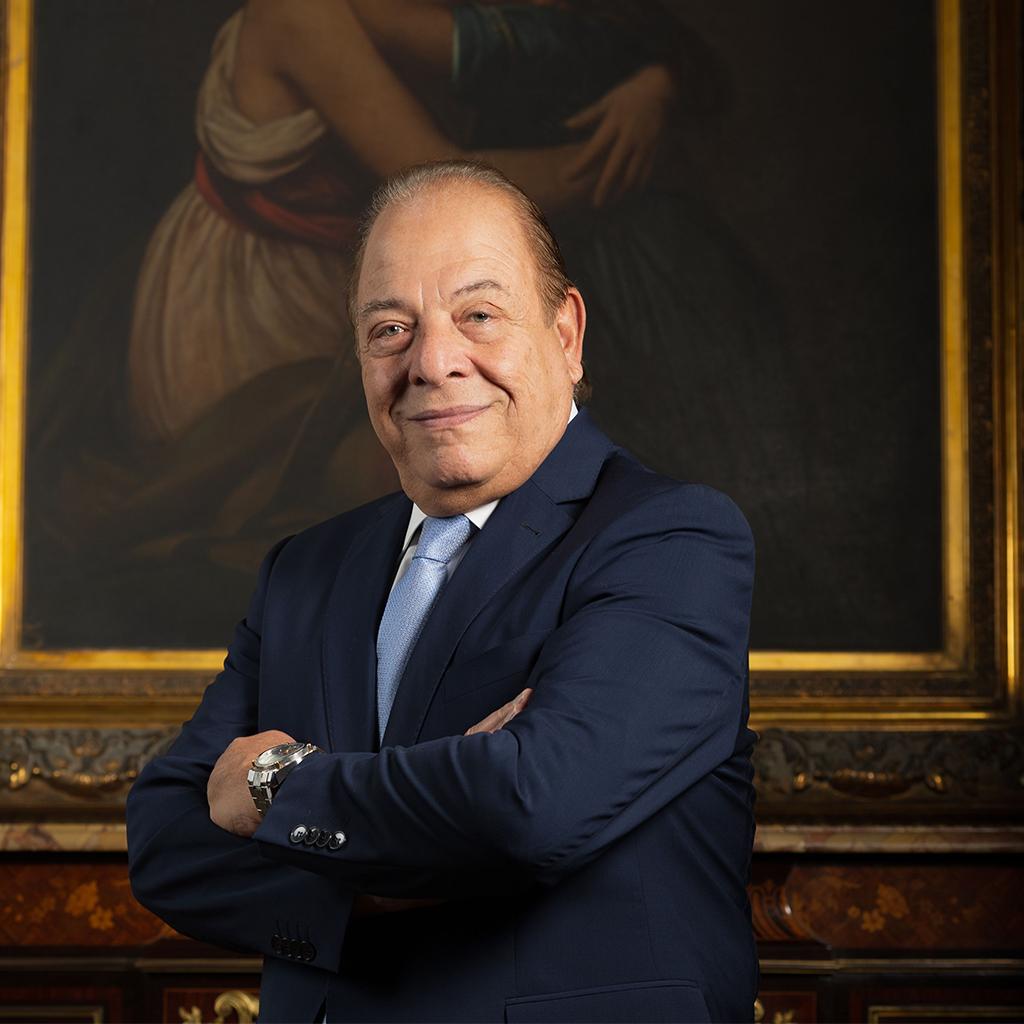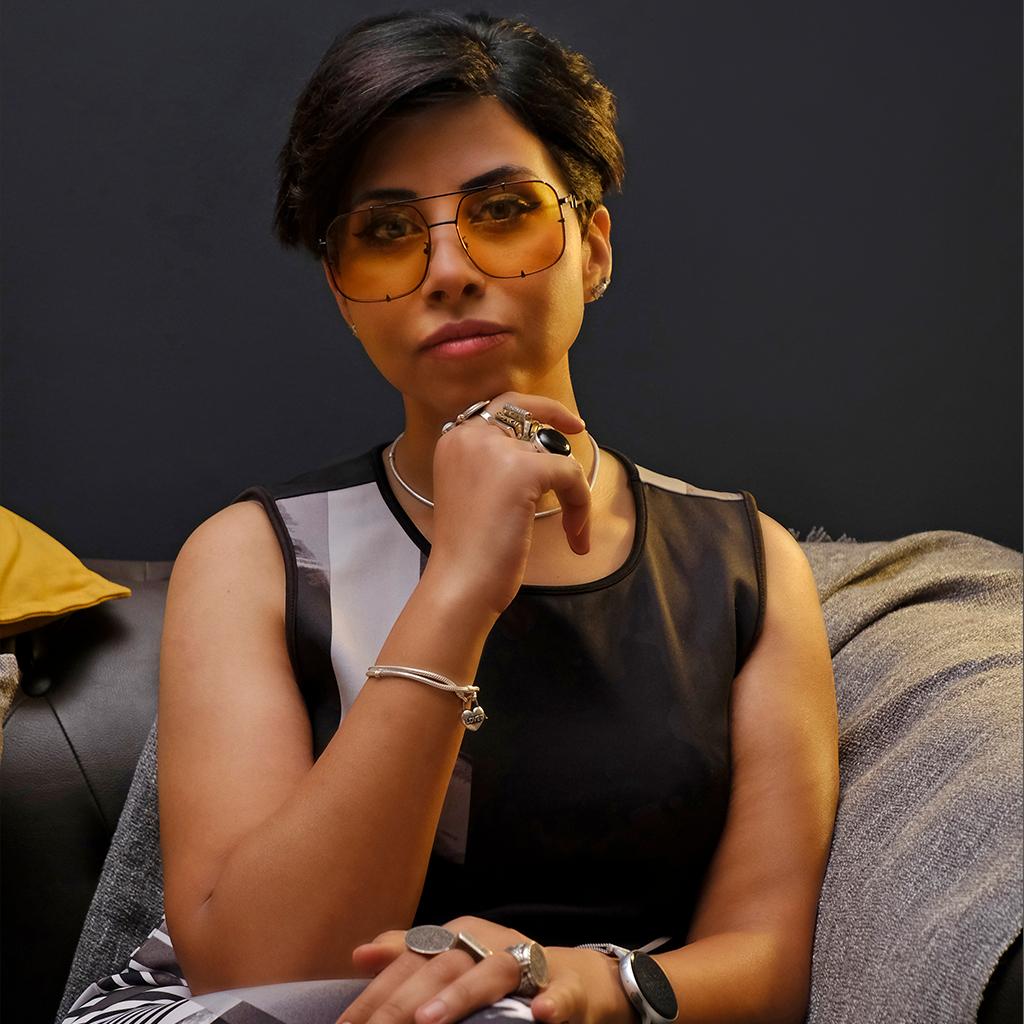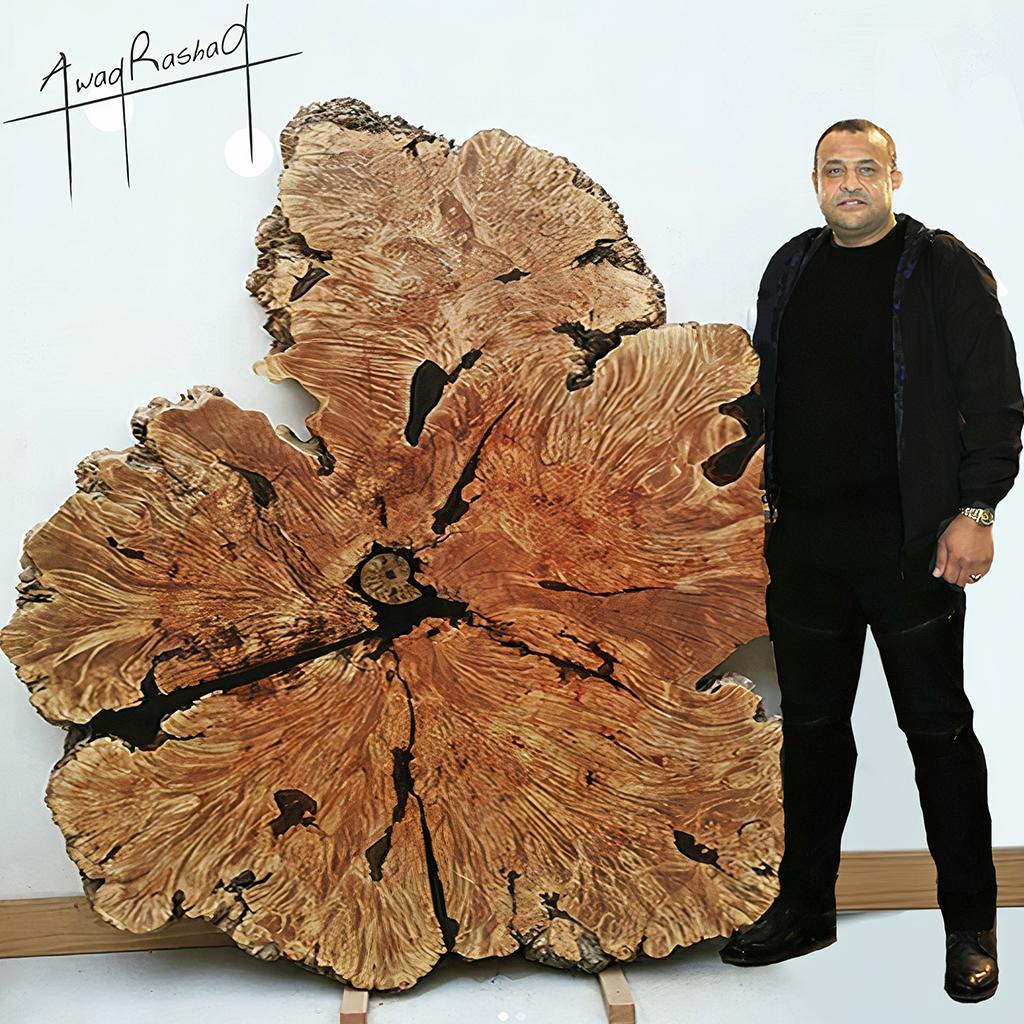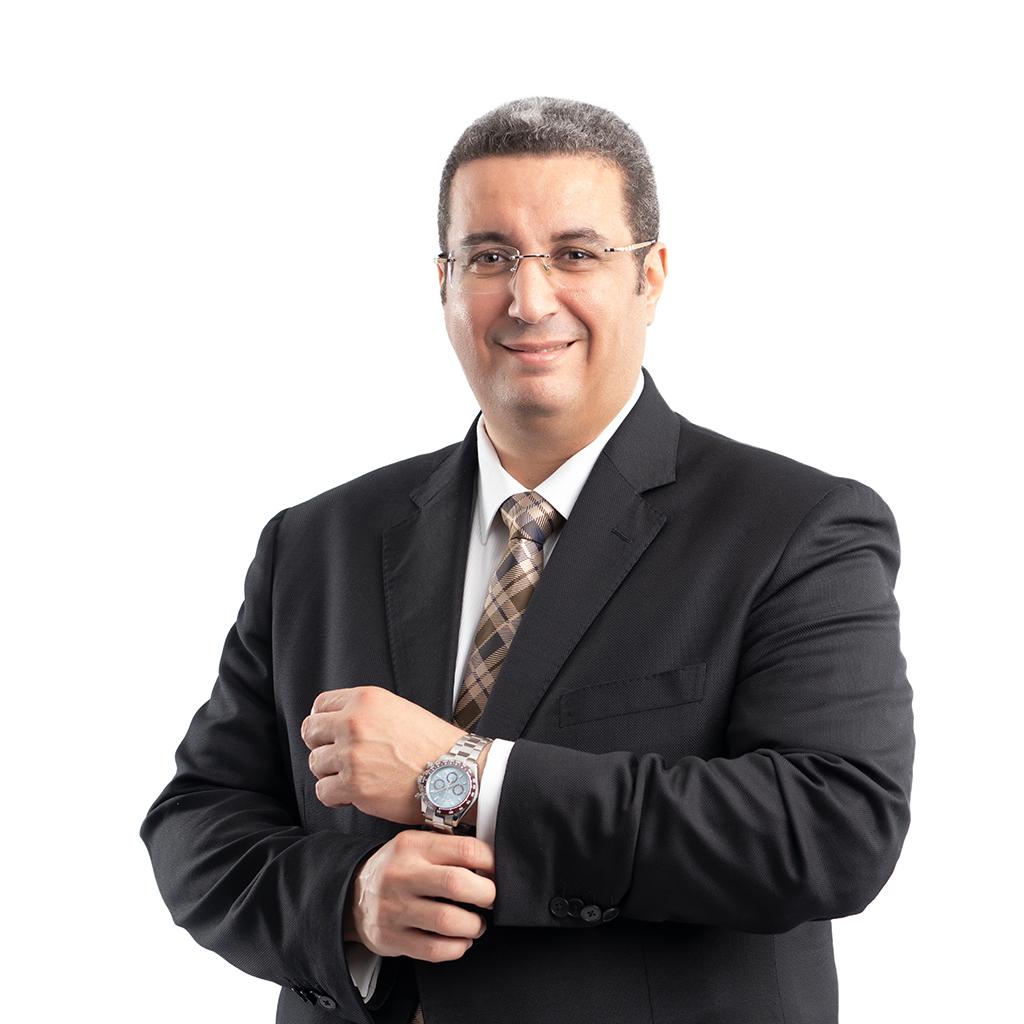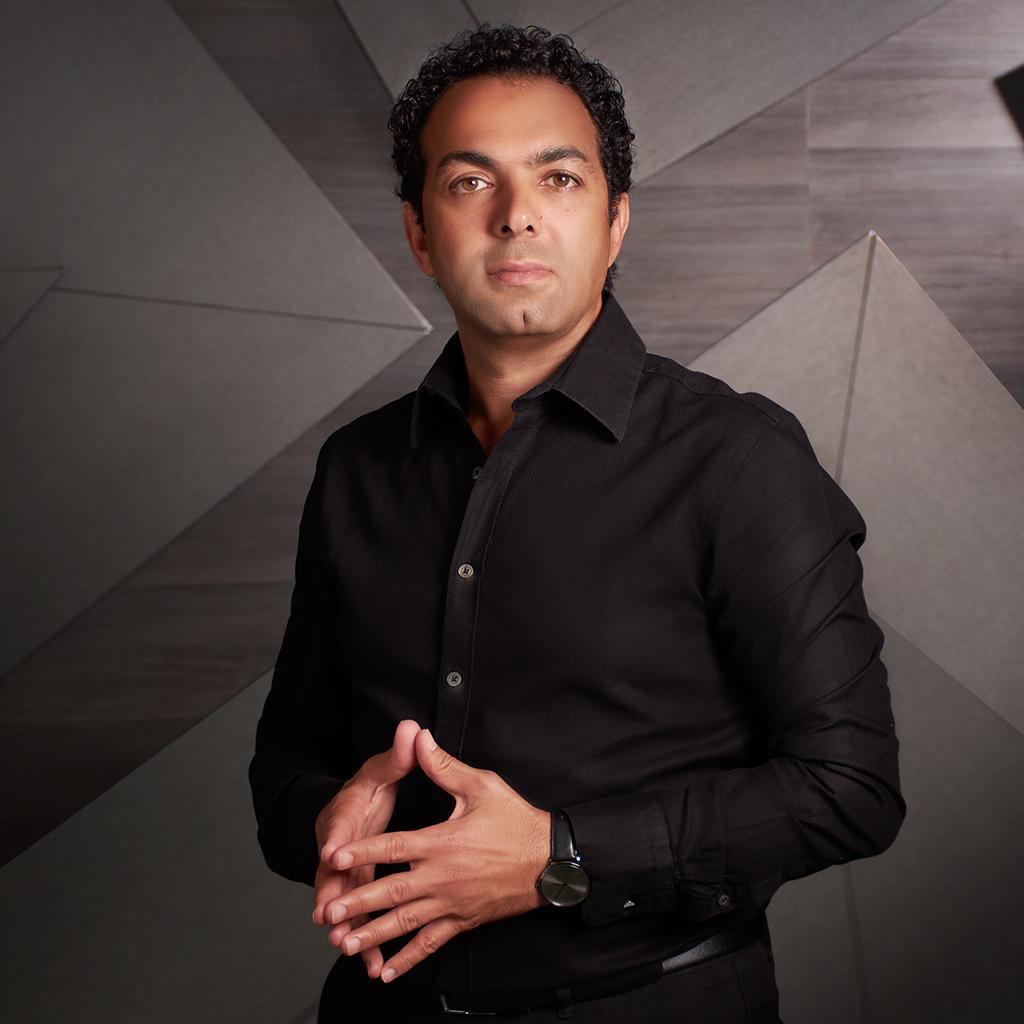
Written by: Yasmeen Ebada
Date: 2020-12-02
Start where others have left off
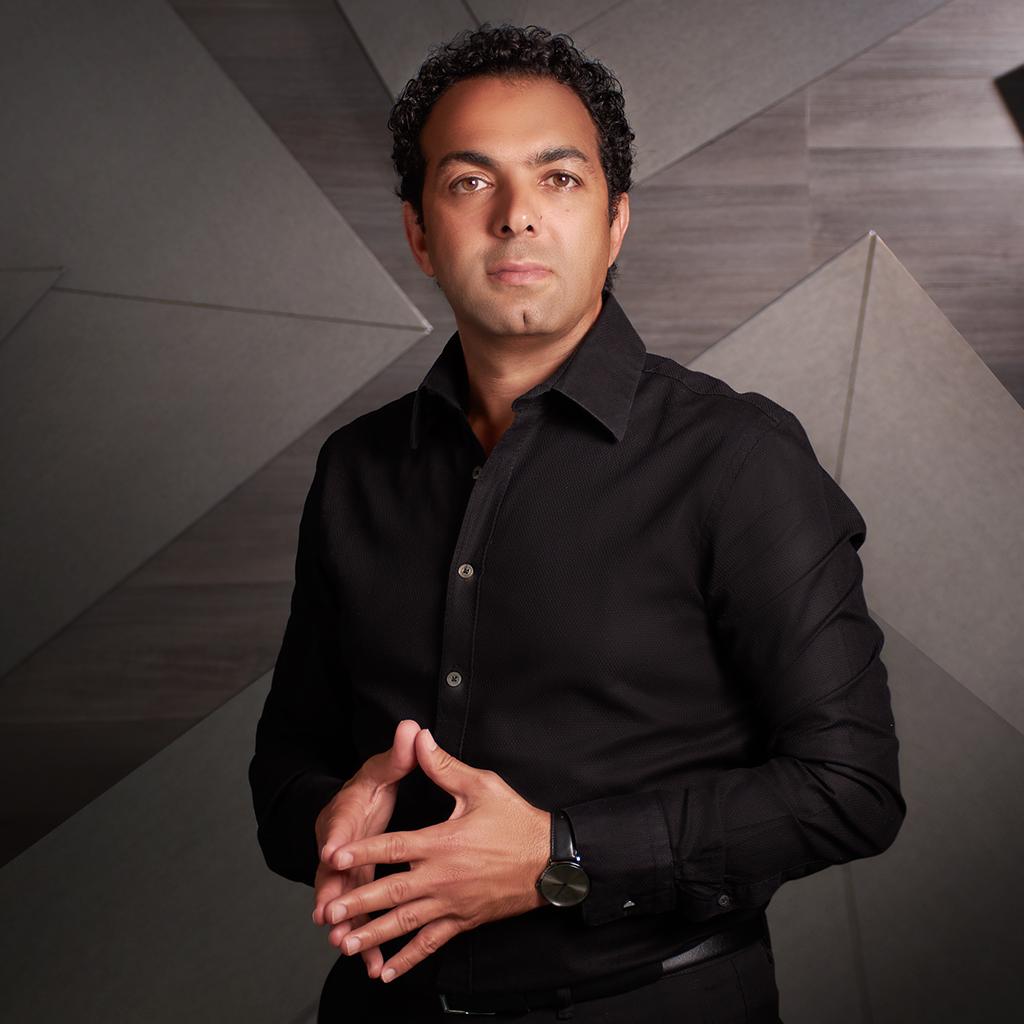
Growing up around both his uncles who were architects, Mohamed Talaat always knew he wanted to follow in their footsteps. He would examine their architectural drawings and try to comprehend how on earth those drawings could be executed in reality. He wanted to figure out the answer to that question, and he decided to accompany them to the construction sites to see for himself.
“I was persistent in studying architecture in college,” Mohamed Talaat said.
He entered the faculty of engineering at Ain Shams University. However, after a few months, he transferred to the Military Technical College and graduated as an engineer officer in 1996.
Upon graduation, Talaat, an architectural designer, worked on projects related to the army for three years, and in 1999, he started his architectural firm: Icon. Since then, he has worked on private projects while also working on projects as an engineer officer for the Air Defense House and the Military Technical College.
He worked on local and international projects for his company, including residential, commercial, retail, and administrative work in South Africa and Saudi Arabia.
During this time, Talaat pursued his master’s degree in architectural design and is currently working on finishing his doctorate degree as well.
In 2013, Talaat resigned as an engineer officer for the army and changed the name of his firm to Mohamed Talaat Architects (M.T Architects). His firm offers architectural, interior design, landscape, urban planning, and construction supervision work.
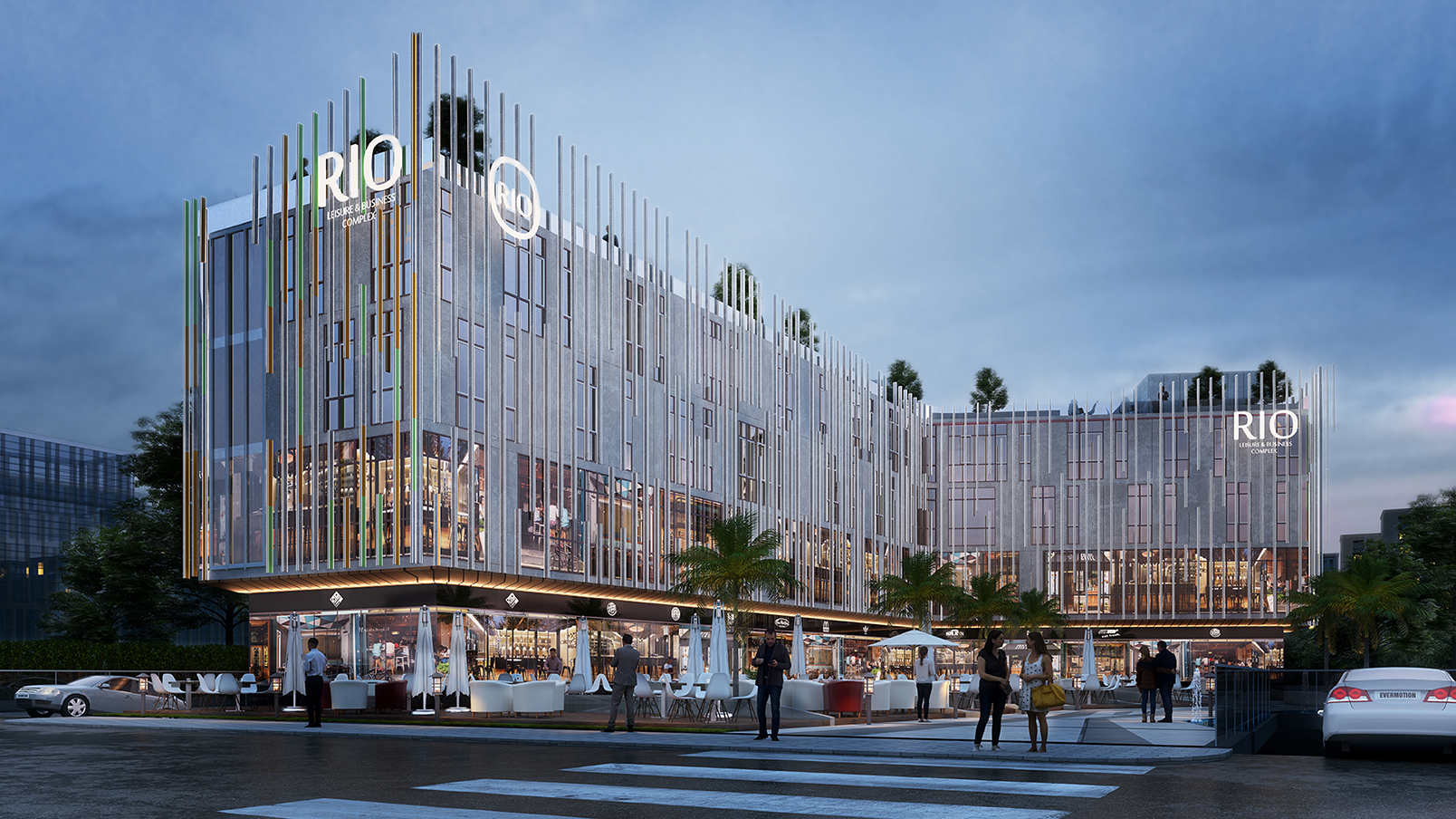
Shortly after he started M.T Architects, he became the architectural consultant for Flat Chrysler Automobiles in Egypt and has been ever since.
Talaat is currently working on executing a commercial city in Riyadh, Saudi Arabia. This city includes a huge medical center, 33 administrative buildings, a 40-floor hotel, seven hospitals, a 250,000-meter central park, and a shopping area. He is also working on the interior design of Egypt’s largest mosque in the New Administrative Capital City.
“I treat every project, small or big, the same. I invest time in learning about the details of the project and the work that goes into it. If I decide to design a space, I treat it as if it was my own,” Talaat said.
Talaat’s strong sense of community has led him to want to use his skill to help his country.
“I want to design the best piece of architecture in the world but to be executed in my country,” he said. “That is my goal.”
The real estate sector in Egypt, according to Talaat, will continue to grow because it’s dependent on the land.
“We have many extraordinary pieces of land and areas in Egypt. The real estate developers play on this part. Therefore, the prices of the land increase every period, and the real estate sector will continue to grow,” he said.

Talaat is convinced that a house has to be done right in all circumstances, despite what is going on in this time period.
“The coronavirus is temporary. Regardless of any virus, I advise my clients to want to build a comfortable space. I advise my clients to think about the activities that they would like to do at home. If we have the space and the means, we can try to execute those ideas. The fear of a virus does not change that,” he said. “I won’t build my life based on a certain period of time. I have to build my life right and the way I want it, regardless of anything else. People also think in present terms. My job is to convince them that they have to create lasting comfortable spaces and not temporary comfortable spaces.”
In a sense, Talaat believes that the global pandemic has made people and architects look at designs a bit differently.
“Now when we design a restaurant, we try to implement wider and more outdoor spaces,” he said. “It’s healthier to spend time outdoors. The older generation of architects designed their work based on this concept. For example, the older generation of architects implemented different ventilation methods that allow for more natural air circulation, and the newer generation has changed that. The global pandemic has made everyone go back to the old school method of architectural design thinking.”
According to Talaat, sustainability is built on those concepts. People are starting to realize the importance of green and biophilic architecture.
“I have a good case now to argue with my client about the importance of sustainable designs,” he said.
Talaat’s goal in any work is that it has to be different in any shape or form than his previous project.
“Even if I am working on a classic style project, I think about how I can add new elements [relating to color, shape, or measurements] to the design of this classic style space. I think about how I can develop my ideas,” he said.
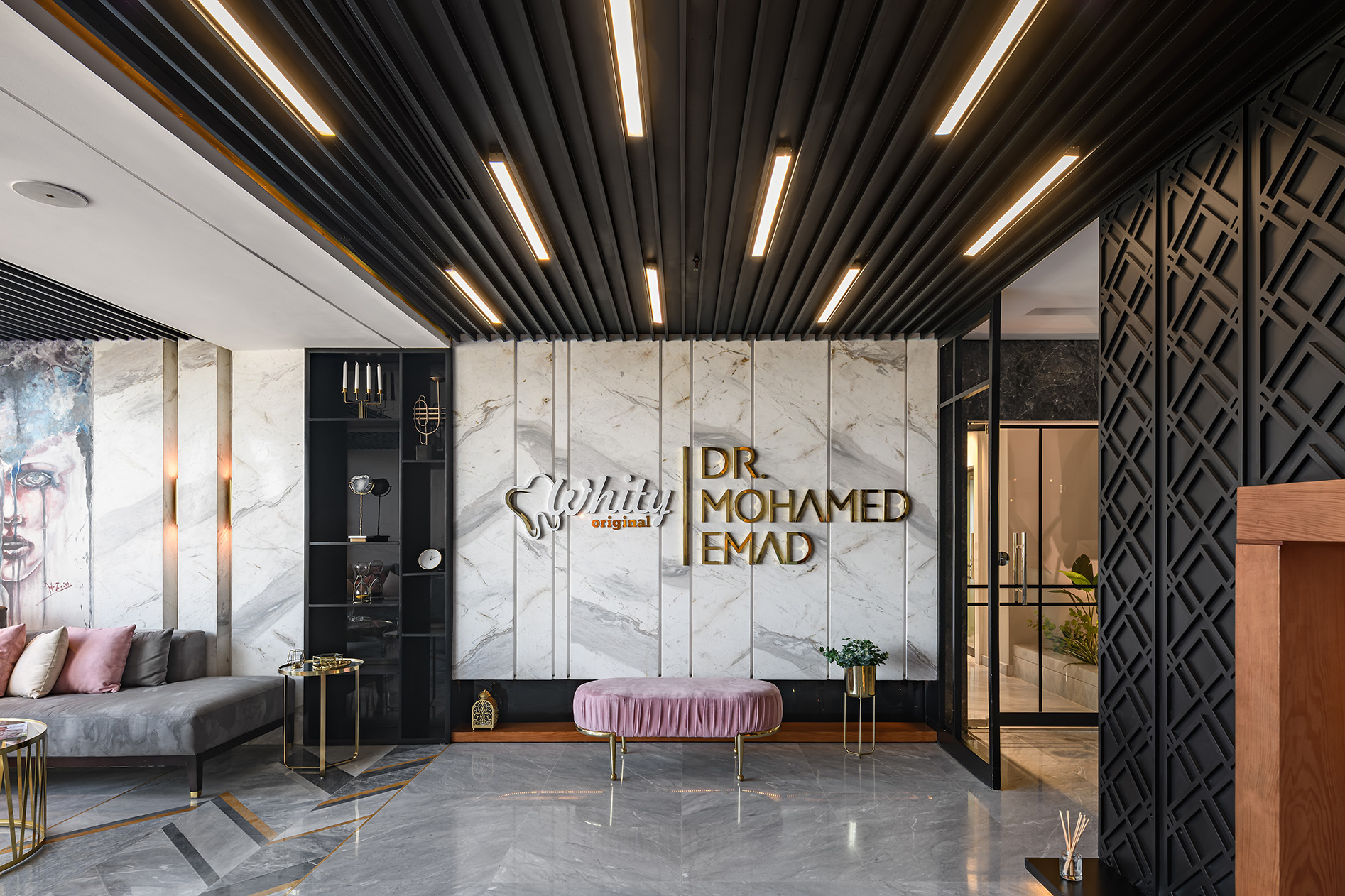
At the end of the project, an architectural designer has to achieve the “golden ratio” because they have to maintain the accurate measurements of the space he or she creates.
“An architectural designer maintains those proportions while adding a new element or a new ‘touch’ to their work,” he said.
Just like every human being has the right to keep up with and adjust to the world’s latest trends, Talaat believes that every designer has a right to keep up and adjust to newer design ideas.
“A lot of designers are convinced that they have to follow the older Egyptian design styles to keep the Egyptian identity alive,” he said. “I am not convinced. With skill, I could create new designs that can create a new Egyptian identity in the years to come. I want my projects to stay alive with new elements, and that is why maybe I am leaning more toward modern designs, despite my vast love for classic work. We want people in the years to come to look at Egyptian architecture and recognize our development and that we are not living in the past.”
Talaat believes that a country’s development, including how buildings are built, is what measures a county’s civilization.
“I like to visit historical streets, buildings, and museums in Egypt for the sole purpose of experiencing the culture’s history. Not so that I could gain ideas to replicate the designs,” he said.
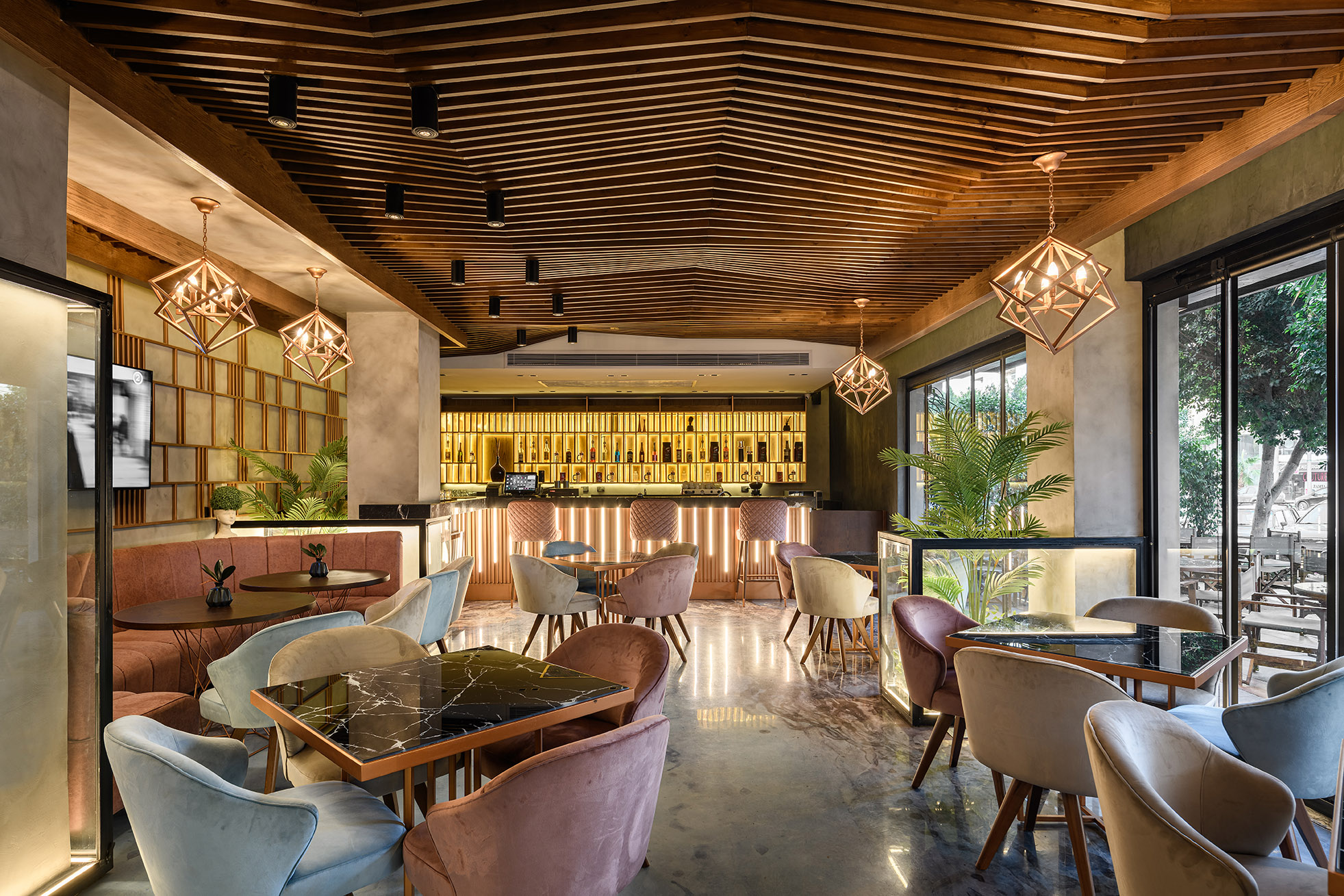
Sustainable designs are a huge factor that plays into Talaat’s ideas for any space he creates. An architectural designer has to try to implement sustainable designs when he or she could. However, it is impossible to create a space that is 100% sustainable because there are other factors that architects cannot control that impact the sustainability of the space, Talaat said.
“I am convinced that if you could achieve 10% sustainability, then do that. That is more beneficial than not achieving anything at all,” he said.
Talaat has executed projects with sustainable design work, including the services center for Flat Chrysler Automobiles Services in Egypt.
Connecting with clients is one of the most important jobs of any architectural designer. The space has to be functional for the end user (the person that will live in and use the space), Talaat said.
“I have to know the end user’s personality, including knowing what side of the bed they like to sleep on, their favorite colors, and what is her or his work schedule, just to name a few,” he said. “I live inside the end user’s life to be able to provide him or her with the appropriate space that belongs solely to them.”

With that being said, the thought process behind designing a residential space and, for example, a hotel is different. The client of the residential space is also the end user. However, the owner of the hotel is the client. However, the end user is the one who will spend time in the space (hotel guests). In a hotel, there are many end users from all over the world, and the architectural designer has to think about the needs of them all. Therefore, Talaat has to execute the architectural design of the hotel based on the various end users’ tastes that also align with the identity of the hotel.
Talaat leans toward using natural architectural materials when he can, including stone, marble, wood, and copper.
“Natural materials are better for the environment in the long run,” he said.
Talaat believes both functionality and aestheticism are both equally important in architectural design.
“Architects should aim to implement the most aesthetically pleasing designs while also implementing functionality,” Talaat said. “You can’t dismiss one or the other entirely.”
Which one has more precedence over the other goes back to the end user and what they want to achieve from the space. The architectural designer helps the client find a balance between both, Talaat said.
Talaat’s advice for young and ambitious architects is to examine and study older projects.
“Start where others have left off,” he said.
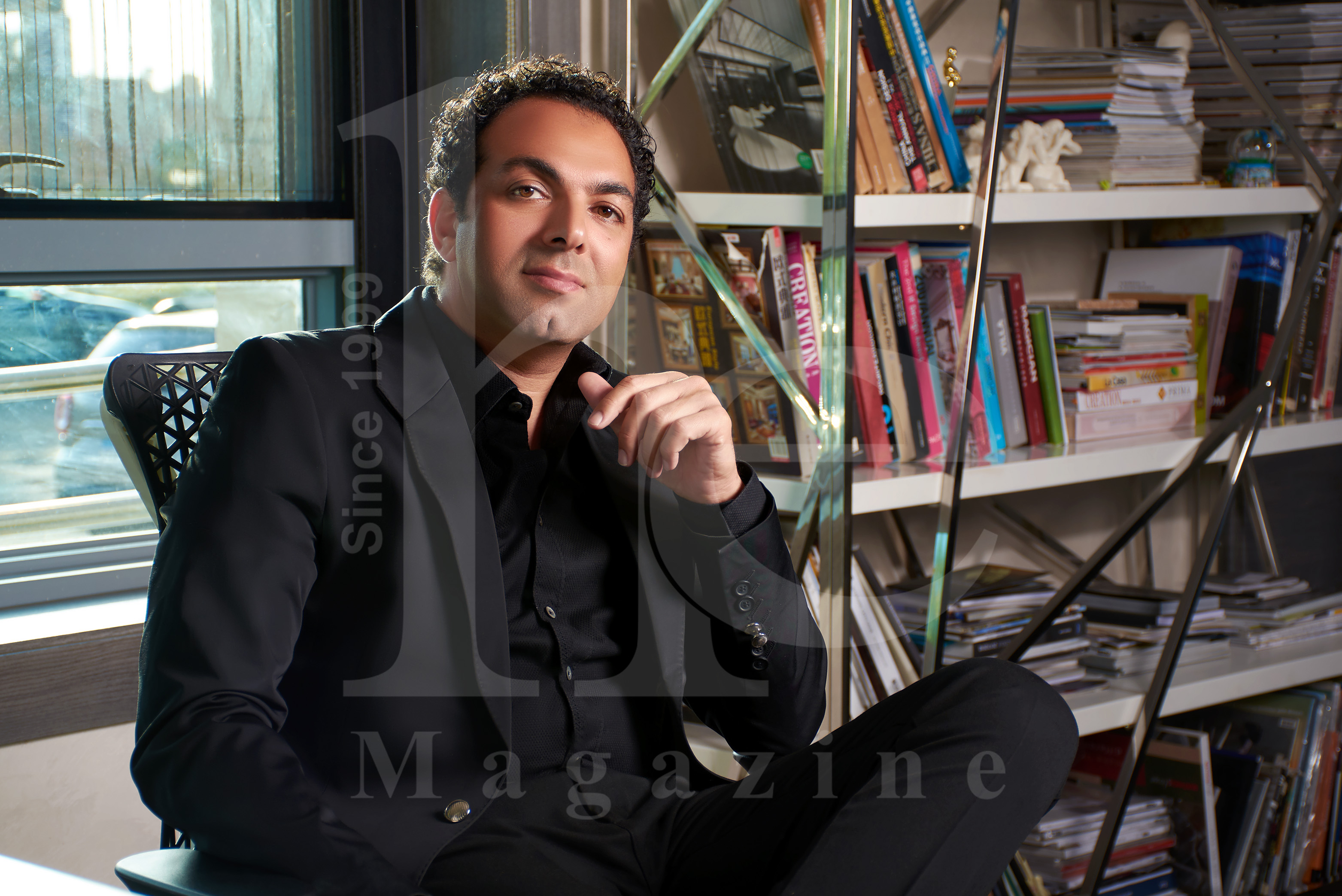
Architectural designers must study previous projects to know where to start from to be able to create better designs.
“The best architectural designers start from the last point where other architectural designers have reached to be able to create something new,” he said.
Talaat believes that architectural development and architectural design is the sole responsibility of the architect, despite any outside challenges.
“I hope that every architect understands this well and does not make excuses. Architects have a responsibility to teach the newer generation of architects that come after them. When the newer generation of architectural designers examine our designs, they have to be challenged so that they could execute excellent work. Architectural designers should want to set the bar high for the next generation,” he said.
